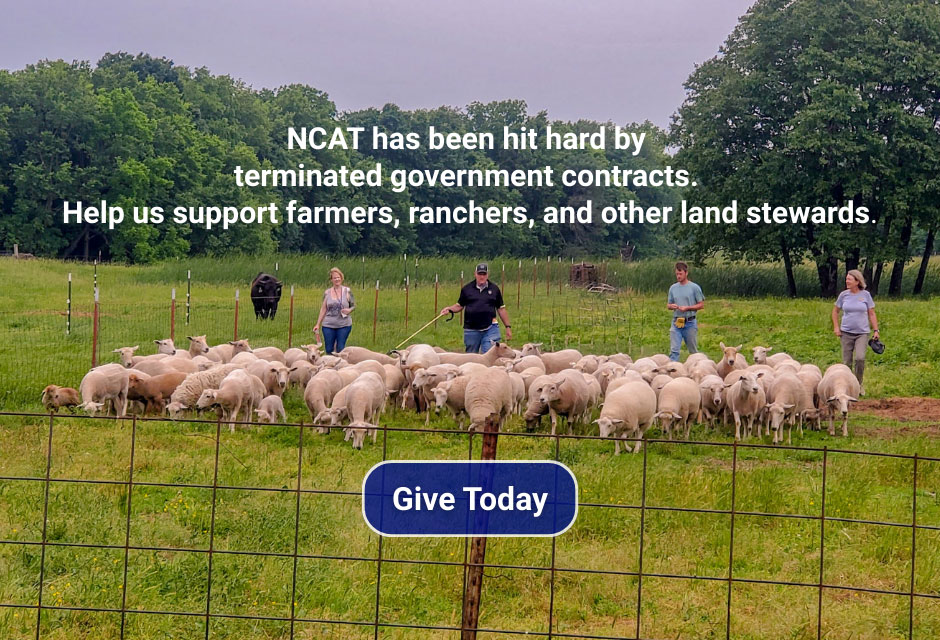Many Places for Pastured Poultry on This Integrated Farm
I had been looking forward to a visit to the Burroughs Family Farms with university extension and beginning farmers alike, to learn from this multigenerational farm family about how they integrate raising pastured laying hens with their certified organic farm enterprises. With a decade of experience with poultry, they are refining their practices by moving coops through their pastures and orchards to build soil health and fertility while producing nutrient-dense eggs. Every season brings new learning opportunities.
By Ann Baier, Sustainable Agriculture Specialist

